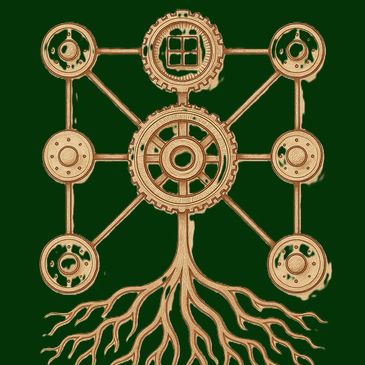Signed in as:
filler@godaddy.com
Signed in as:
filler@godaddy.com

Most optimizers chase peaks. We build systems that hold balance. “Homeostasis” means your compute stays near an optimal operating point while workloads and environments shift.
How we keep it stable
Most optimizers chase peaks. We build systems that hold balance. “Homeostasis” means your compute stays near an optimal operating point while workloads and environments shift.
How we keep it stable
What stability looks like in practice

Traditional stacks optimize components in isolation. We treat software as a living system that allocates energy, attention, and memory with intent.
Key shifts
Traditional stacks optimize components in isolation. We treat software as a living system that allocates energy, attention, and memory with intent.
Key shifts
Developer experience

We lean on first principles so the system behaves predictably in the wild.
We lean on first principles so the system behaves predictably in the wild.

You do not need to see the math to benefit from it, but it matters that it exists.
You do not need to see the math to benefit from it, but it matters that it exists.


Copyright © 2025 Eco Code Solutions - All Rights Reserved.
We use cookies to analyze website traffic and optimize your website experience. By accepting our use of cookies, your data will be aggregated with all other user data.